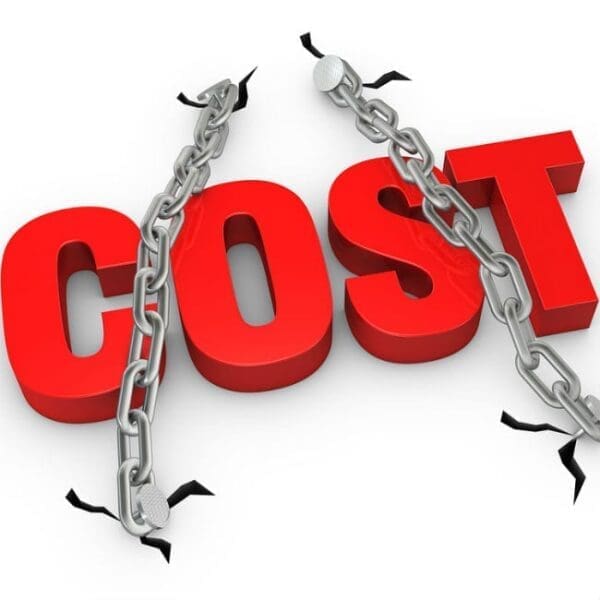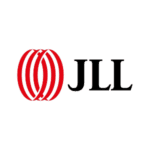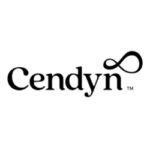 In order to get your property into a flow position where every operation is clicking, you must wholeheartedly understand the concept of Flex and Flow. Of course, this is most applicable for the Profit and Loss Statement generated for your property each month, usually from the accounting department.
In order to get your property into a flow position where every operation is clicking, you must wholeheartedly understand the concept of Flex and Flow. Of course, this is most applicable for the Profit and Loss Statement generated for your property each month, usually from the accounting department.
How to calculate flex and flow
When your property is in a flow position, the total revenue generated by the hotel has exceeded either budget or this time last year. So in order to calculate your flow percentage, you have to calculate the difference in Gross Operating Profit (GOP), either to budget or year-over-year. Once you have calculated the GOP difference, divide that by the total revenue difference and you will have your flow ratio. For example, if your hotel’s actual total revenue exceeds budget by $10,000 and your GOP exceeds budget by $5,000, your hotel flowed 50% (5,000/10,000).
Flex is just the opposite. Your hotel is in a flex position if you have fallen short of budget or last year. In a similar calculation, you would divide the GOP difference by the revenue difference, but you do have to subtract from one in the formula to end up with a non-negative and communicable number. For example, if your hotel missed budgeted revenue by $10,000 and you missed GOP by $7,000, your hotel would have flexed 30% (1-7,000/10,000).
The industry standard is typically in the 50-60% flow range and in the 30-35% flex range. The reason the flex percentage is lower is that it is harder to save money on a property when you are falling short of budget. This is due to the fixed expenses that do not change when the hotel is underperforming, such as salaried positions.
Team impacts
If I haven’t confused you with my formulas, stick with me. The math is over at this point. The whole idea behind calculating and monitoring flex and flow is to determine how good of a job the hotel is doing at driving additional profits or savings to ownership. While it is nice to see that a hotel can drive more money than budgeted or the year prior, it doesn’t mean much to the owner unless you can translate that excess revenue into profits.
While this concept is not new by the slightest, it is being more commonly adopted throughout the industry, particularly in the last decade. I still run into many GMs who are unsure of what the words mean and they certainly don’t know how to calculate the percentage. The more you subscribe to this method of monitoring the profitability of a hotel, the better operator you ultimately become. Once you have a firm grasp of the concept, the next critical step is to start training your team on what the numbers mean and how they can impact them.
Each person in the hotel or organization has an impact on flow, hence the title. While many people would believe that only a general manager or assistant general manager can impact flow, this isn’t true at all. Everyone from the president to the room attendant can impact flow, and oftentimes property-level team members can have a greater impact than above-property support roles.
Let me get into some examples of how everyone impacts flow, both positively and negatively. Let’s open with a front office manager. This role can positively impact flow by properly staffing the department on a daily and weekly basis. The more these supervisors monitor overtime and dissect the schedule to ensure they have the right number of team members on each shift, the more they can translate revenue to the GOP line. They can also drive profit by ensuring their team members are properly trained to sell the hotel out as well as by charging the correct room rate for each room sold.
Another team member who can impact flow is a laundry attendant. If the laundry attendant throws away each towel with a stain on it, they are negatively impacting flow. However if they treat the linen and work on getting stains out, they are positively impacting flow. A general manager needs to make sure that his or her team knows what the targeted flow is so that everyone can make the necessary adjustments to such daily processes.
Caveats
While flex and flow are important measurements of how well a property is managing both revenues and expenses, there are a few caveats to focusing too heavily on the numbers. A hotel should never focus so heavily on driving profit that they forget the business they are actually in. We are always in the business of serving the guest and making sure they have an exceptional stay at our properties. Cutting costs for the sake of driving additional profits is never worth it. These cost-cutting measurements are short-sighted and very often lead to decreases in future revenues as guests begin to have negative experiences at your property.
On a similar but equally important note, we are also in the business of ensuring our team members are treated well and enjoy their working environment. I have seen hotels cut back on employee benefits or cut down on staffing levels to the point that they lose great team members, all due to a single-minded approach of improving the flex and flow percentage.
By focusing on the numbers – but not too much, though – and explaining the concept to your team with examples of how they can help improve these percentages, you will realize better profitability and asset value in the long run. Just be sure to celebrate the successes by properly incentivizing the team on all their hard work to make this happen.

















